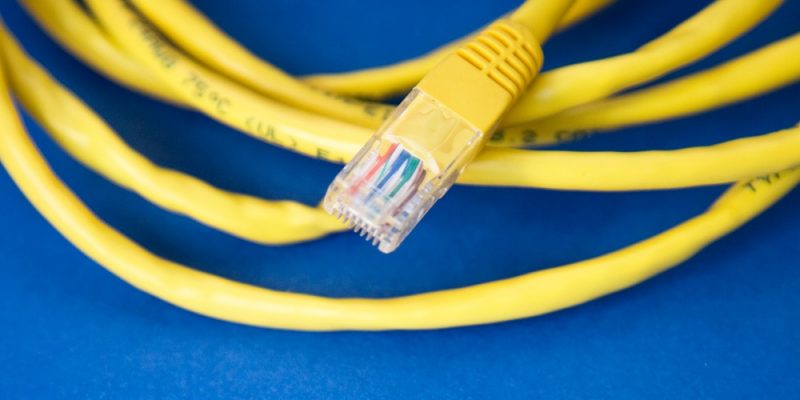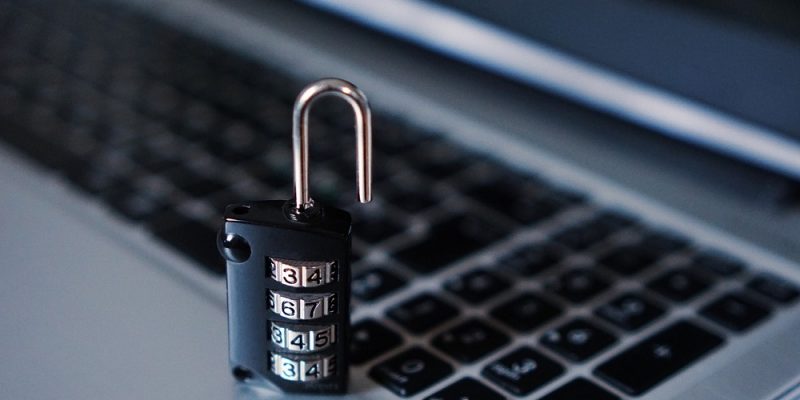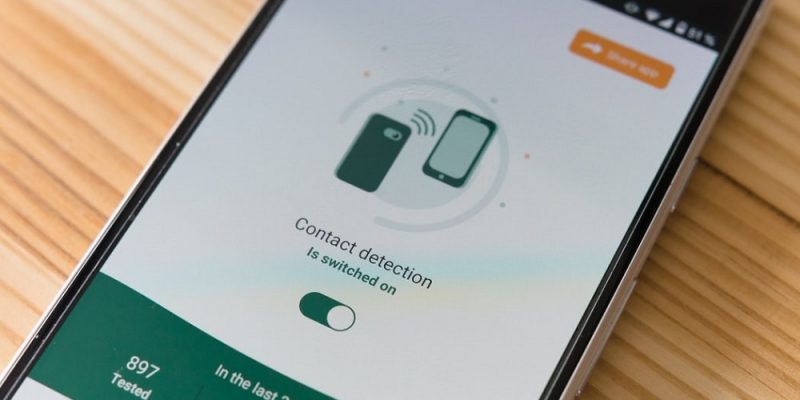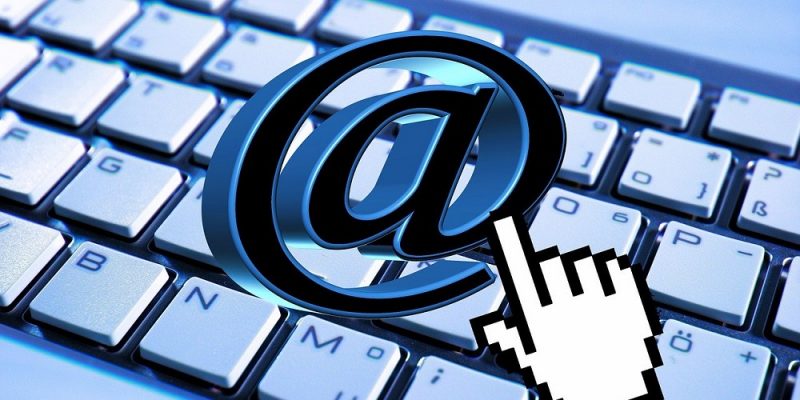 Most malware in Q1 2020 was delivered via encrypted HTTPS connections
Most malware in Q1 2020 was delivered via encrypted HTTPS connections
67% of all malware in Q1 2020 was delivered via encrypted HTTPS connections and 72% of encrypted malware was classified as zero day, so would have evaded signature-based antivirus protection, according to WatchGuard. These findings show that without HTTPS inspection of encrypted traffic and advanced behavior-based threat detection and response, organizations are missing up to…






